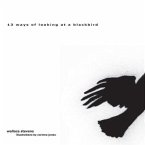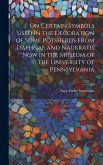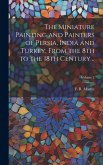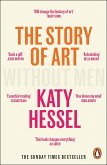The contemporary attention directed to the Islamic world has profound ramifications for the art that is created by those who come from that region. Increasingly origin has become a defining term in the consideration of works by artists such as Mona Hatoum, Shahzia Sikander, and Shirin Neshat. The book rests on the recognition of a need to ask if this contemporary art that is thriving in Europe and the U.S. has an Islamic accent, if it is marked by an Islamic difference. There are no facile answers. Instead of allowing homogenizing impulses to continue their way, Fereshteh Daftari proposes a pause in the rush to quick conclusions. By never loosing sight of the art she navigates into the complexity of the matter through an itinerary going from the aesthetics (the legacy of Islamic art) to ideas concerning identity and faith. She illustrates her argument with artists such as Jananne-Al-Ani, Mona Hatoum, Shirazeh Houshiary, Rachid Koraichi, Shirin Neshat, Shahzia Sikander, and Bill Viola among others. Additional texts are by Glenn Lowry, Homi Bhabha and Orhan Pamuk.
Hinweis: Dieser Artikel kann nur an eine deutsche Lieferadresse ausgeliefert werden.
Hinweis: Dieser Artikel kann nur an eine deutsche Lieferadresse ausgeliefert werden.








